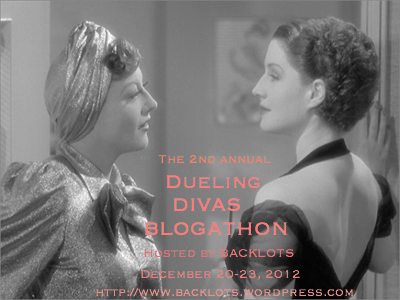
Today is Oscar Sunday, and your author is in rain-soaked Los Angeles today trying to stay dry. Tonight, right down the street and for the 86th time in history, the Academy will pick what it considers to be the best achievements in filmmaking over the past year.
To many people, the Oscars are synonymous with glamour, fame, chic, and high fashion. The one night when the stars we see on the screen come together to celebrate the best among them, in the best outfits from the best designers. We see joy at wins and barely masked sorrow at losses, a lavish ceremony punctuated by long breaks for expensive commercials. It has become a moneymaker and a television extravaganza, and genuine appreciation for the talented winners is often trumped by concern for corporate sponsors and commercial breaks.
But it has not always been this way. The Oscars of today would be almost unrecognizable by those who attended the first Academy Awards 86 years ago, in a small room in the Hollywood Roosevelt Hotel on May 16, 1929. It was a private dinner with awards announced in advance for the best and brightest of the years 1927 and 1928. Janet Gaynor won a Best Actress Oscar for 3 roles (Seventh Heaven, Sunrise: A Song of Two Humans, and Street Angel), while the Best Actor Oscar went to Emil Jannings for two (The Way of All Flesh and The Last Command). The entire ceremony lasted for 15 minutes, and it was not broadcast over any medium.
Over the years, the Oscars morphed into what they are today. With the advent of television and corporate sponsorship of the telecast, the ideas, morals, and priorities have shifted to make the Oscars primarily a moneymaking endeavor for the network on which it is broadcast. That does not mean, however, that the Oscars themselves have lost their significance. Despite the capitalistic drive of the Oscar telecast, the Oscars remain an integral part of the industry and influence forever the lives of all who are nominated or win. They have become a part of our cultural fabric.
Owing to the mass audience that the Oscars attract and the interconnection between the ceremony and culture as a whole, the Oscars have a reputation for being political, whether those politics manifest in choice of winners, in speeches, or in occurrences during the ceremony. National and world struggles have often been reflected during the Oscars, and they have helped shape the lens through which we perceive what goes on in our world.
Here are some classic Hollywood Oscar moments that have interwoven into our national dialogue.
HATTIE MCDANIEL WINS BEST SUPPORTING ACTRESS FOR GONE WITH THE WIND, 1940

For a film whose premiere she was not allowed to attend, and at a segregated ceremony in which she was relegated to the back of the room, Best Supporting Actress nominee Hattie McDaniel won the Oscar for her portrayal of Mammy in Gone With the Wind at the Academy Awards in 1940. Her speech is, in my opinion, one of the most eloquent and heartfelt of any speech ever given at the Academy Awards.
SIDNEY POITIER WINS BEST ACTOR FOR LILIES OF THE FIELD, 1964

In the same vein, at the height of the Civil Rights Movement in 1964, Sidney Poitier won Best Actor for his role in Lilies of the Field. It marked the second Oscar in history for a black actor, after Hattie McDaniel’s historic win in 1940. After the ceremony, Poitier declined to comment on the significance of the occasion to reporters, preferring to reflect further before making a statement so important given the times.
JANE FONDA WINS THE OSCAR FOR KLUTE, 1972

In 1972, Jane Fonda won the Oscar for Klute in the wake of her active campaigns against the Vietnam War. She was a very controversial figure in Hollywood at this time and during her speech she acknowledged the controversy by saying “There is a great deal to say…and I’m not going to say it now.” A few months later, Fonda went to Hanoi to continue her anti-war campaigning, becoming known to a generation as “Hanoi Jane.”



































_03.jpg)

